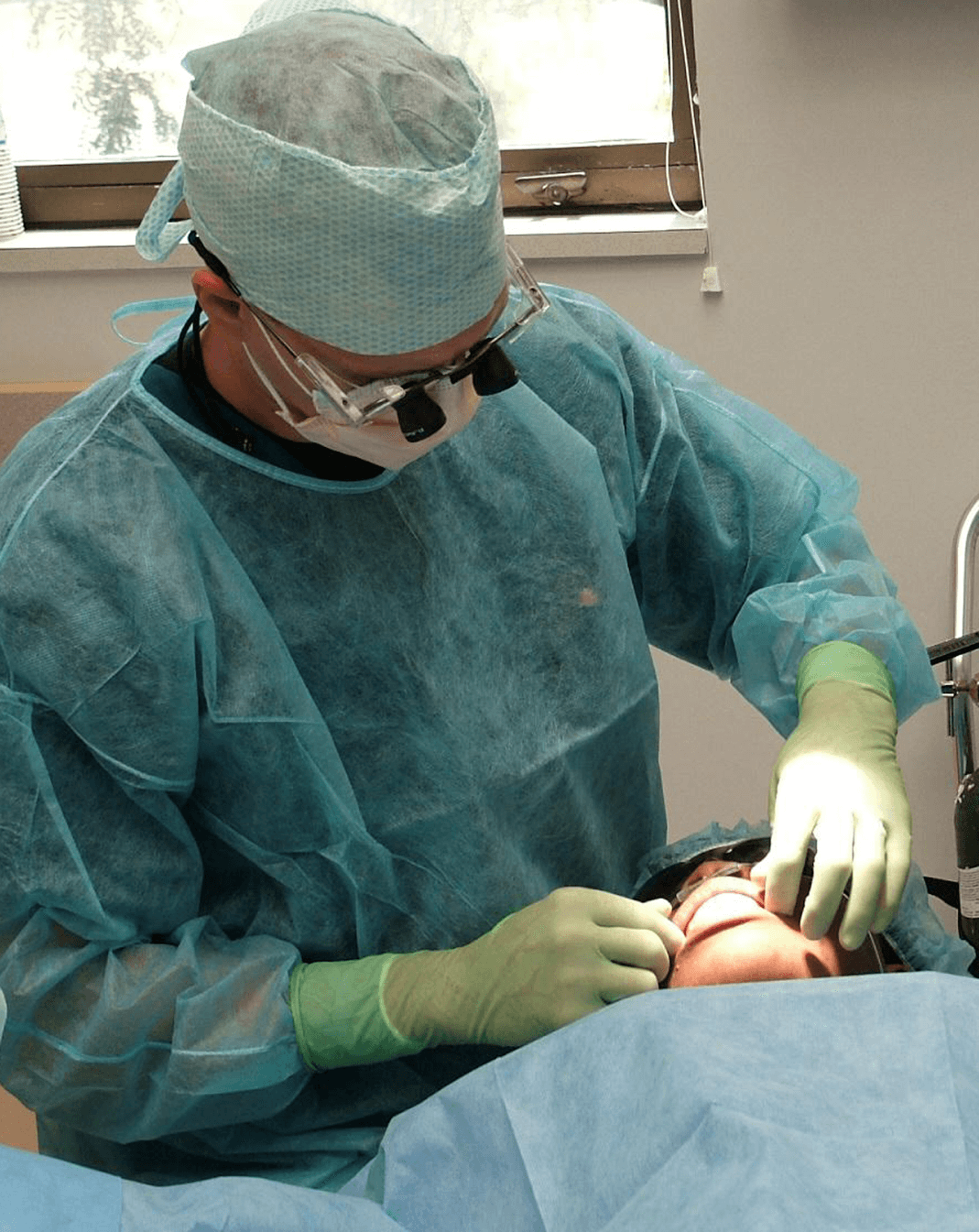
You must have come across the term sedation dentistry. But, do you know what is sedation dentistry? Sedation dentistry includes several techniques to safely induce a state of relaxation that helps control the discomfort and anxiety among patients before they undergo dental procedures. The techniques used in sedation dentistry are administered to help patients get appropriate oral health care they need. There are various types of sedation used to make the experience painless. Here are some of them:
Conscious Sedation
Conscious sedation includes sedatives that allow patients to be comfortable during surgical dental procedures. There are different types of conscious sedations like oral and inhalation sedation. Conscious sedation allows patients to maintain a certain level of consciousness.
Oral Sedation
Under this type of sedation, the patient takes a sedative pill about one hour before the dental procedure begins. This helps calm their anxiety. The effect of this type of sedation can range from minimal to moderate. The patient may stay awake and feel relaxed or they may slur their words and not remember much of the procedure. It is recommended to have someone accompany the patient to escort them back home because complete recovery from oral sedation takes several hours.
Inhalation Sedation
In this type of sedation, you breathe nitrous oxide mixed with oxygen. Inhalation sedation offers patients the ability to control the level of sedation throughout the procedure. Your dentist can control the sedation level by adjusting the level of nitrous oxide you breathe during your process. The best part of using inhalation sedation is that you will be alert throughout the procedure. The effects don’t take time to wear off so you’ll be fit enough to to return back home by yourself. Nitrous oxide sedation is safe to such an extent that even kids who have dental anxiety before the procedure can be treated with this type of sedation.
Non-Conscious Sedation
Under this type of sedation, the patient usually goes into a state of deep sleep or may not be able to recollect anything about the procedure once the effects of the sedative wears off. The inclusion of this type of sedatives are the reason why sedation dentistry is also called as sleep dentistry.
General Anesthesia
This type of sedation involves giving anesthesia that makes the patient go into a state of deep sleep or become completely unconscious. The patient becomes unresponsive to any kind of stimuli. When using non-conscious sedation or general anesthesia, the patient is unaware of the events which are taking place during the dental procedure. They have no recollection of the dental procedure after waking up.
Now, the question is that which type of sedation is apt for you? This completely depends on the level of anxiety or fear you suffer, as well as your health history. It is best to consult a dentist as they can help you make an informed choice.






